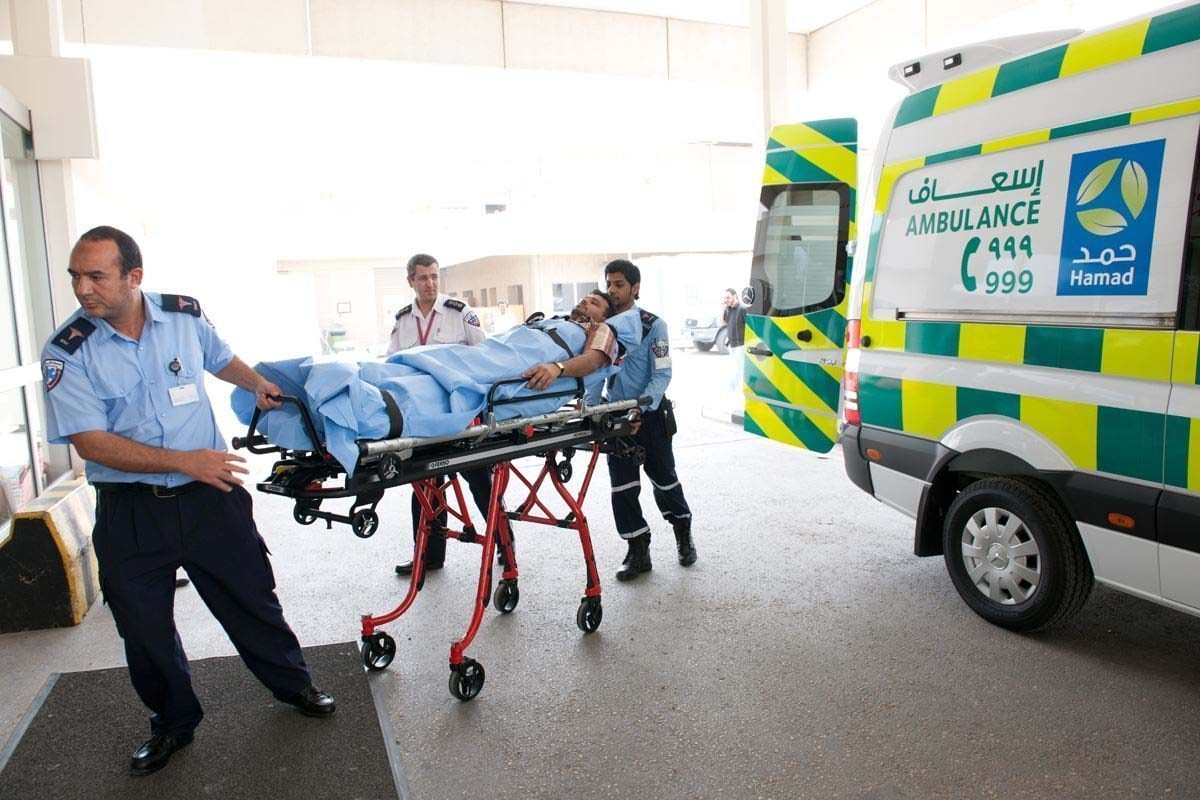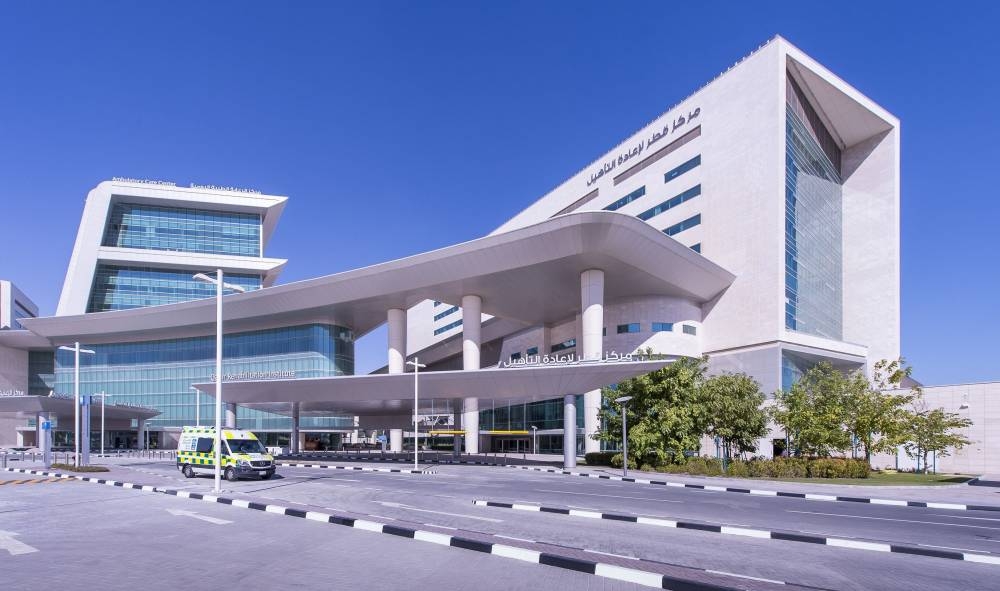
Stroke victims in Qatar are more than 20 years younger on average than patients in the US and UK, and far too frequently fail to seek timely medical treatment, healthcare officials have said.
In an effort to better treat residents who suffer from strokes, Hamad Medical Corp. (HMC) has launched a new campaign highlighting the symptoms of a stroke and the importance of quickly seeking help.
A stroke occurs when the blood supply to part of the brain is cut off and is one of the leading causes of death worldwide.
It’s also a pressing health concern in Qatar, where stroke victims occupy nearly one in five hospital beds in the medical ward at Hamad General Hospital at any given time, Dr. Ashfaq Shuaib told Doha News.
The average age of a stroke victim in Qatar is 54, which is roughly in line with other GCC countries, Shuaib said. However, it’s much younger than the average age of 77 for stroke patients in the US and UK.
He said the most common risk factors for a stroke – including hypertension, diabetes, smoking and a lack of exercise – are prevalent across Qatar’s population.
As in many developed countries, Qatar’s rapidly increasing wealth has heralded a drop in physical activity and made poor diets more common.
“Affluence is not directly related to (better) healthcare (outcomes),” Shuaib said. “One of the most prevalent issues is diabetes. You can manage your blood pressure better, but if you don’t exercise, that negates it.”
Meanwhile, many of the country’s low-income workers come from countries with high smoking rates, where they may not have had regular contact with medical professionals who could identify issues such as high blood pressure and discuss treatment options.

Qatari nationals make up 17 percent of all stroke cases in Qatar, according to Hamad Medical Corp.
While that’s higher than their proportionate share of the population, Qataris tend to be overrepresented in such medical statistics because many expats are of working age and leave the country before illnesses commonly associated with older age – such as stroke, heart disease and cancer – appear.
Treatment
According to medical professionals, a stroke victim treated within 4.5 hours of symptoms appearing is generally seen as having the best chances of making a full recovery.

Roughly a year ago, that was only happening in 4 percent of cases in Qatar.
However, that’s more than doubled to 9 percent here, in large part because of streamlining treatment, Shuaib said.
For example, paramedics are now trained to diagnose a stroke patient and notify emergency room physicians while they’re on the way to the hospital.
Triage procedures have also been tightened up so that doctors can make an official diagnosis, conduct a CAT scan and discuss treatment options with family members as quickly as possible.
However, health officials said accelerating patient treatment can only go so far in improving outcomes.
“In the bigger scheme of things, we weren’t doing very well because people weren’t coming to the hospital,” Shuaib said, adding that only 51 percent of stroke victims arrive at hospital by ambulance soon after developing symptoms.
That’s one of the reasons that HMC has launched a new public awareness campaign to teach residents the signs that someone is having a stroke – such as drooping facial muscles, arm weakness and difficulty speaking – as well as the importance of acting quickly.
“Unlike a heart attack, where the pain hits you, brain attacks are silent,” Shuaib said, underlining the importance of quickly calling 999 at the onset of symptoms.
“Twenty years ago, there was less hope and fewer treatment options for patients. Now the treatment has becoming very advanced, increasing the odds of recovery.”
Thoughts?







